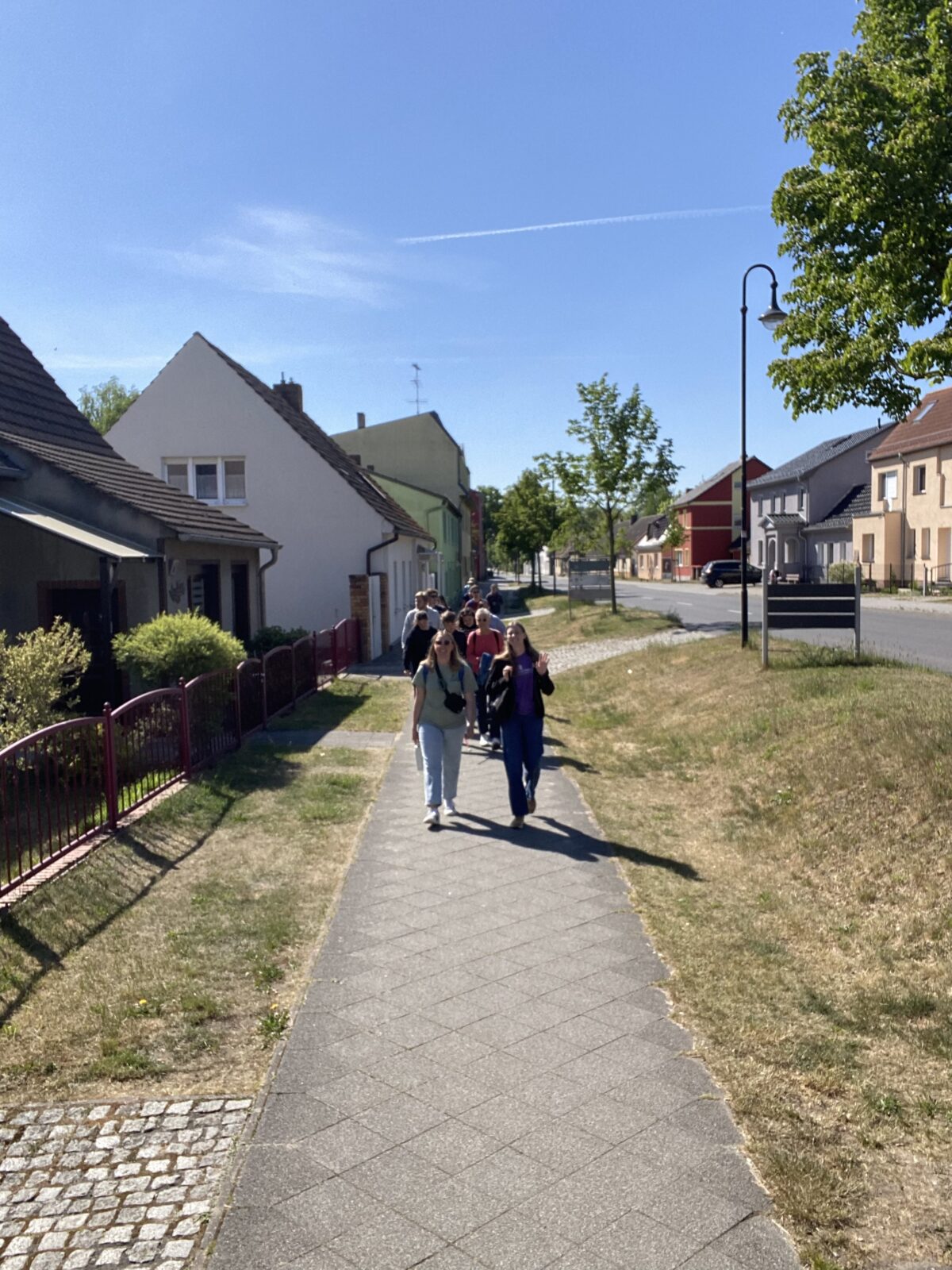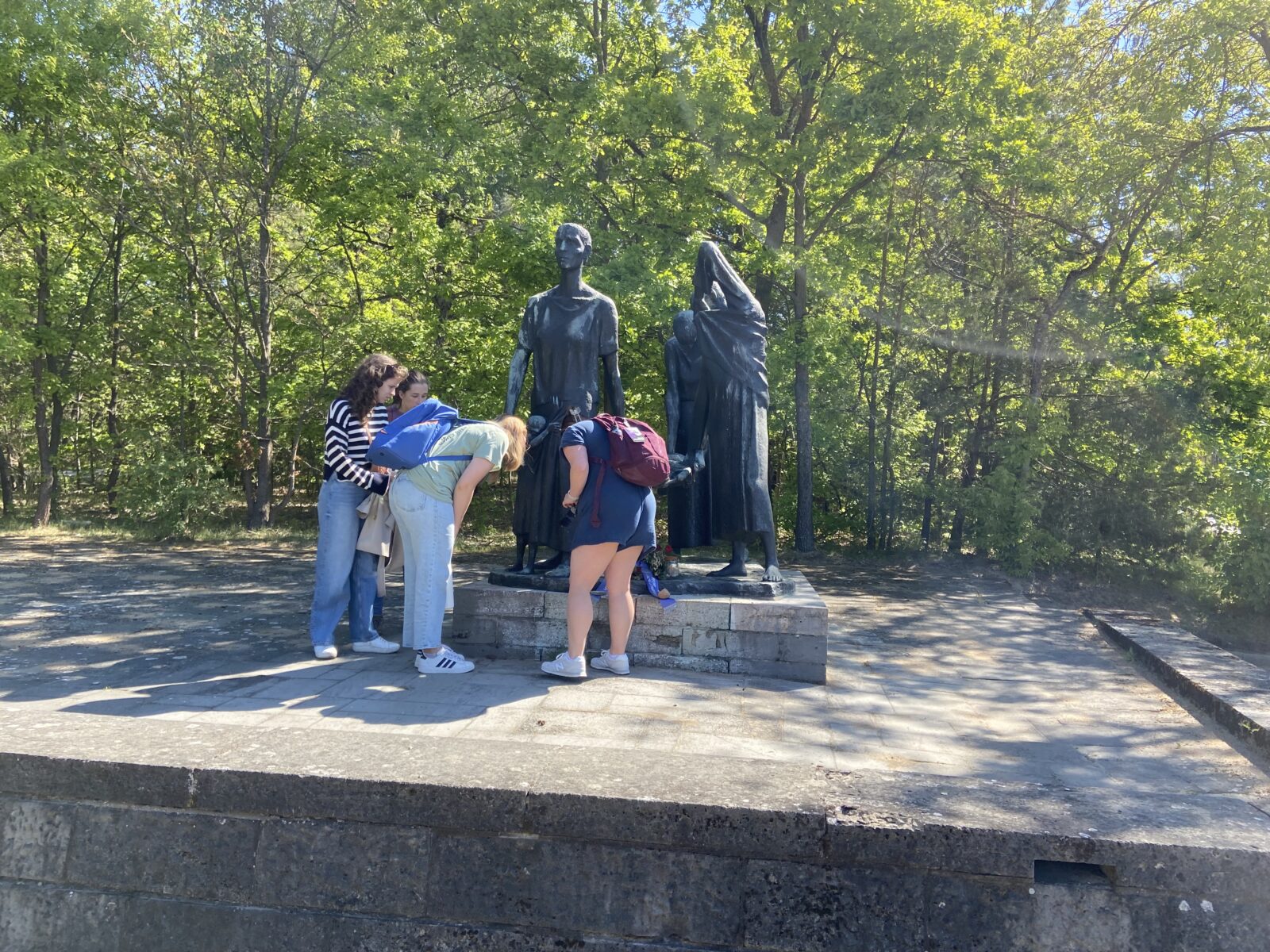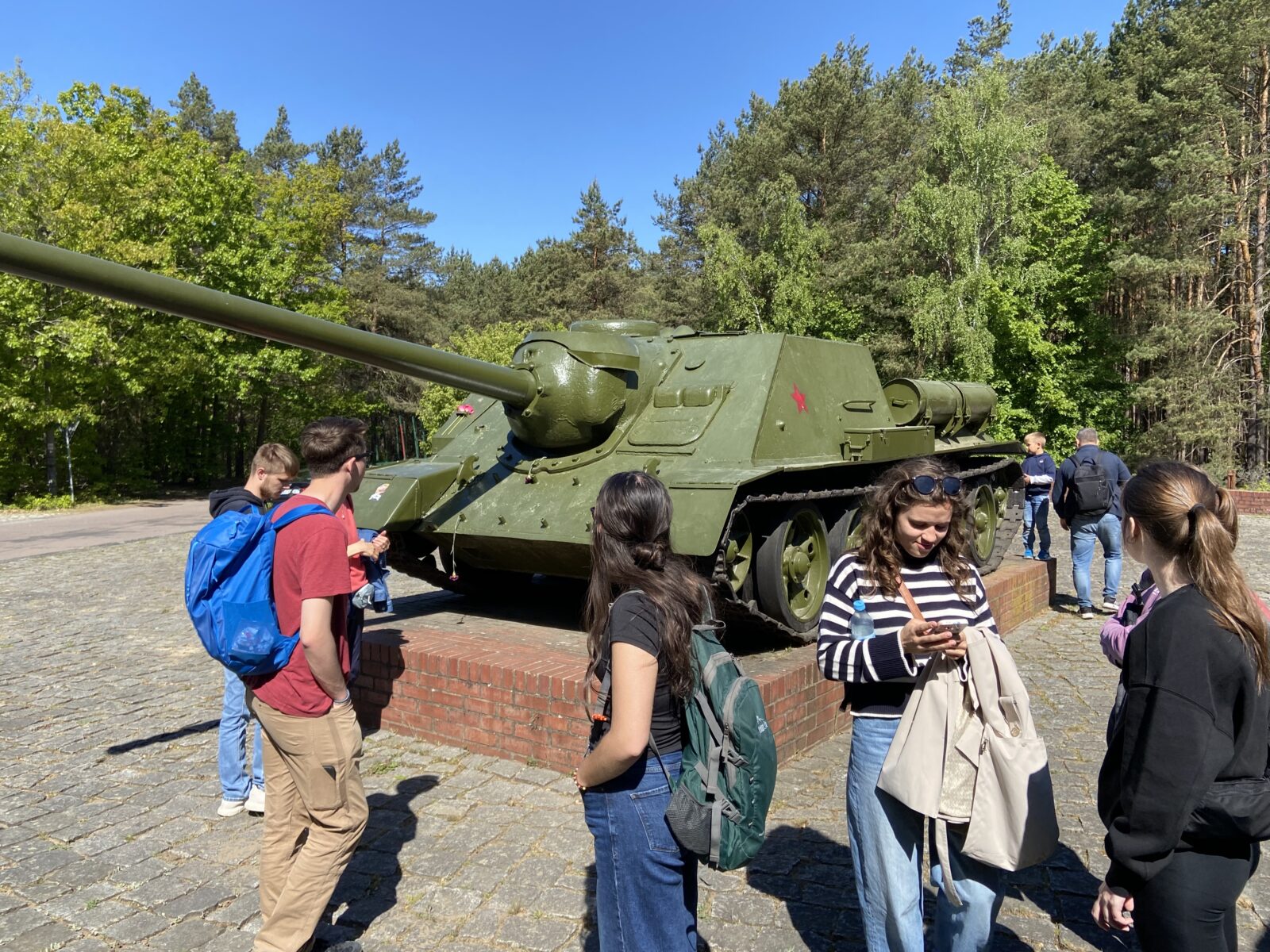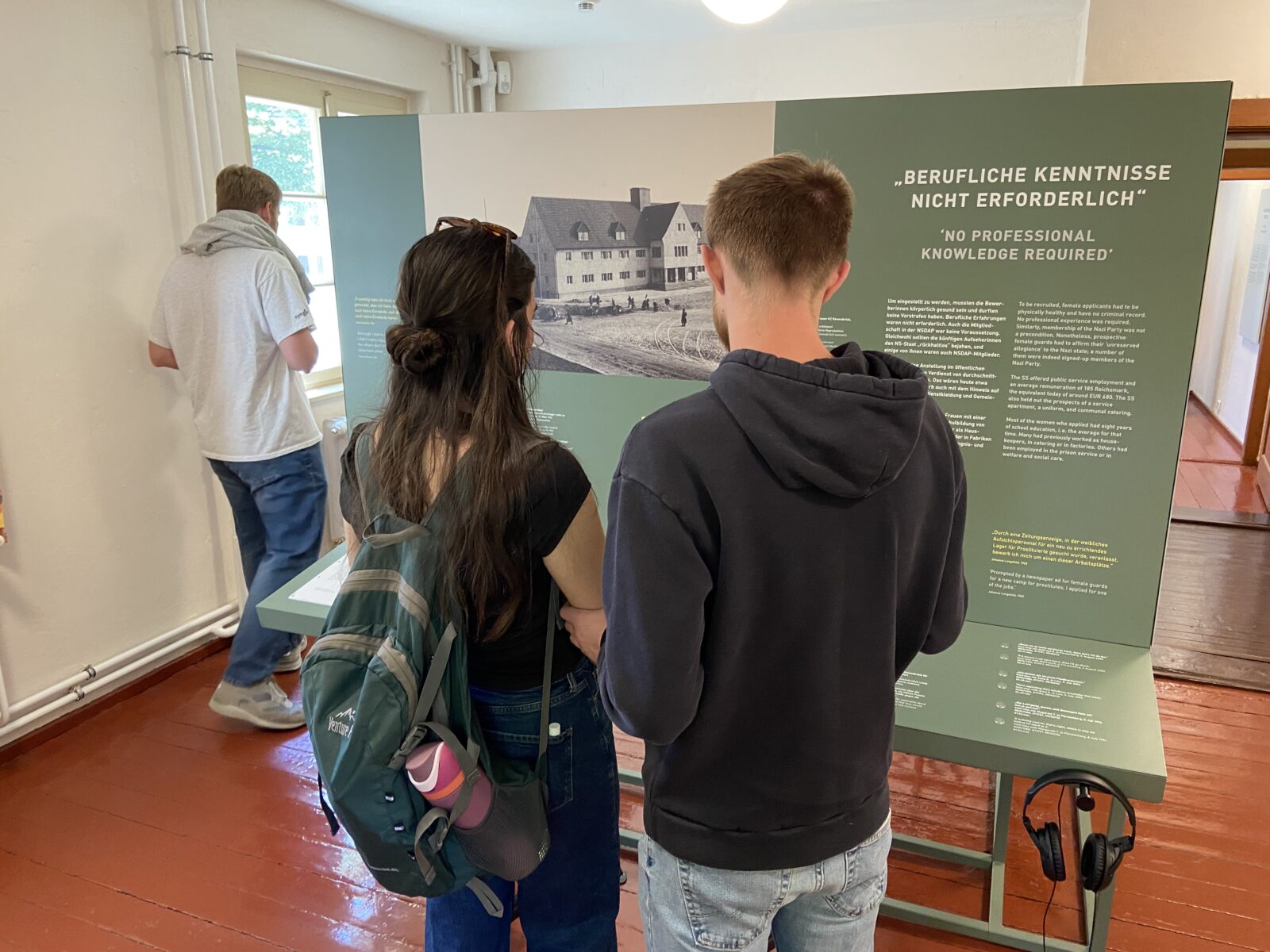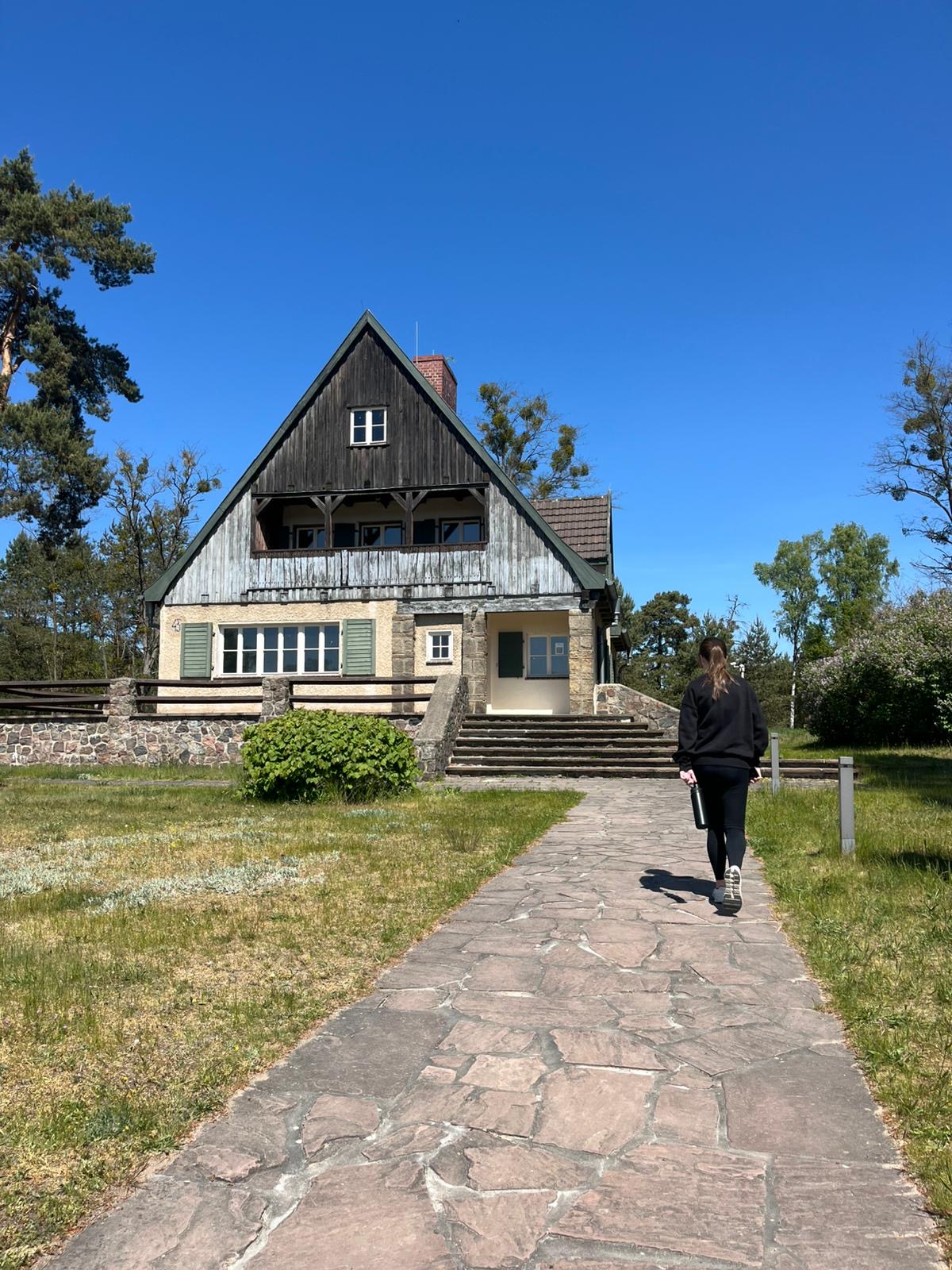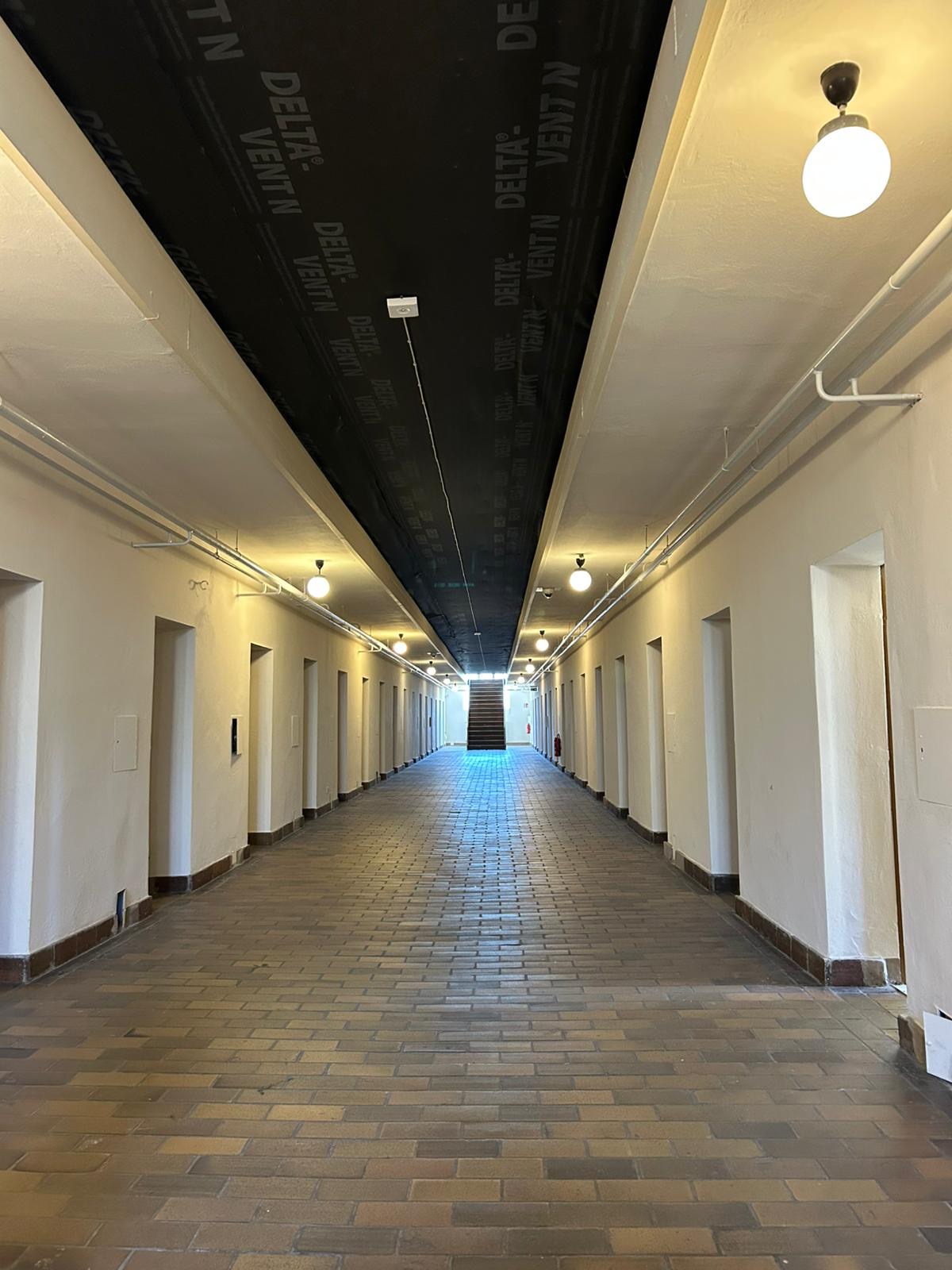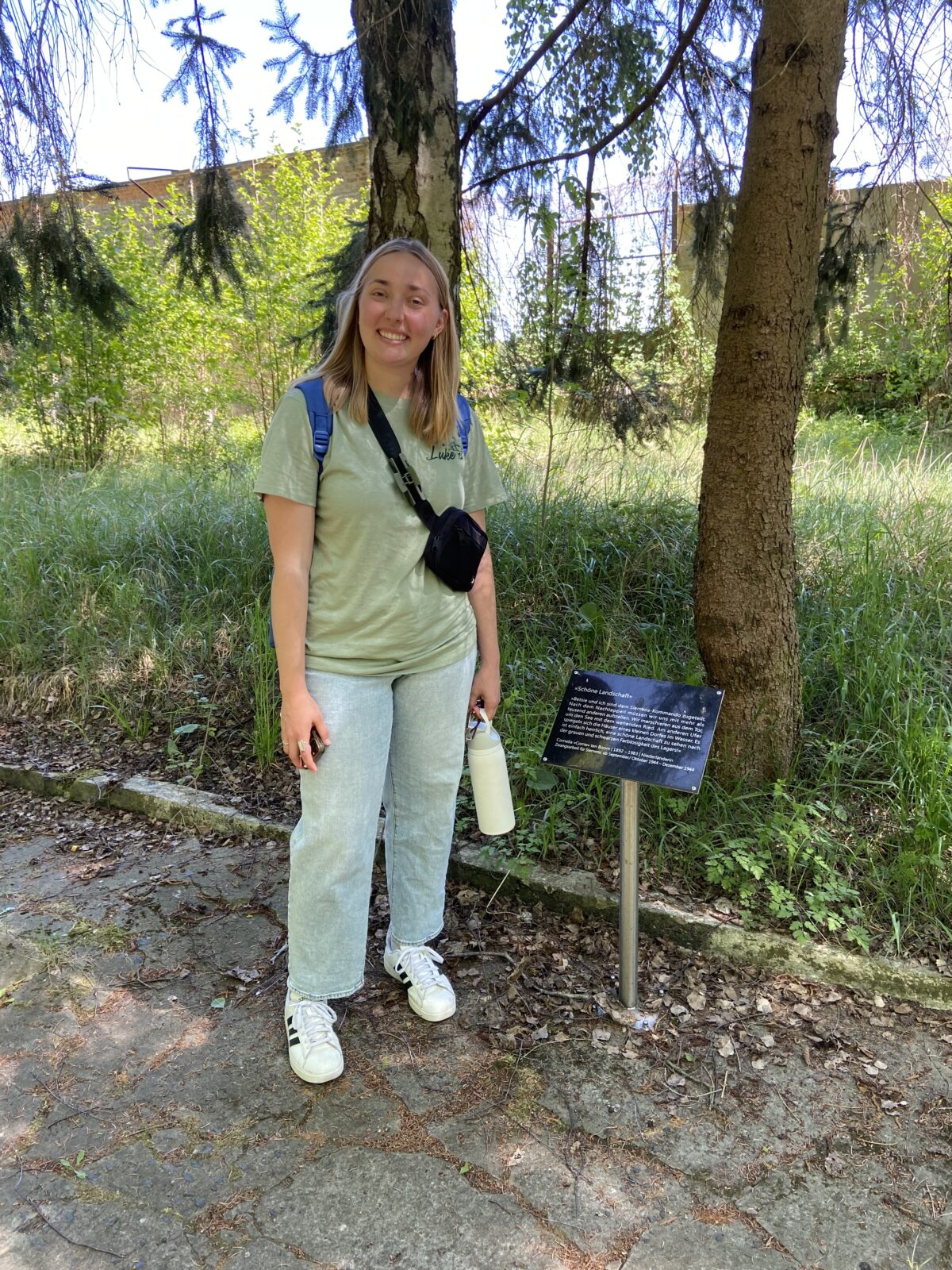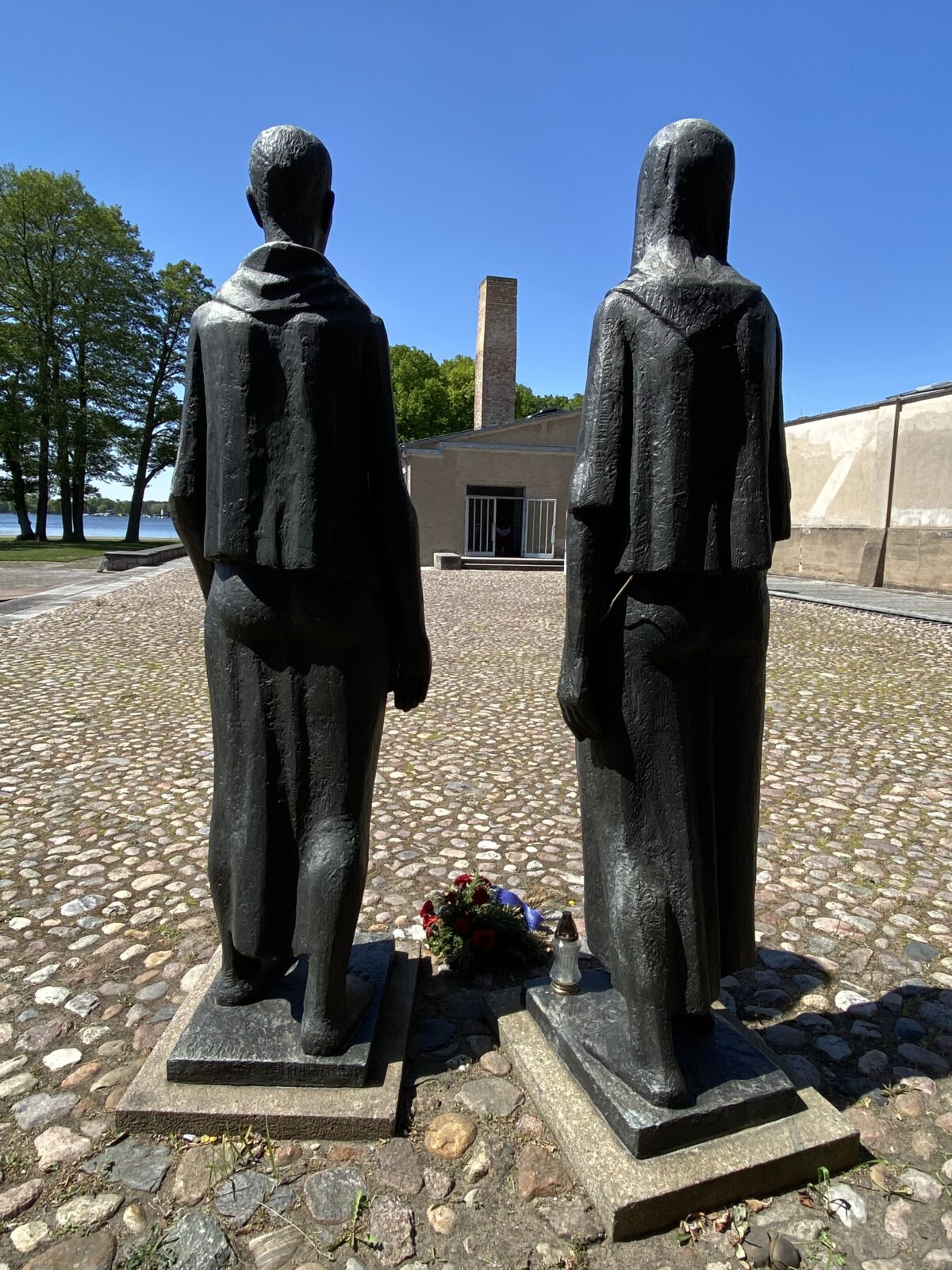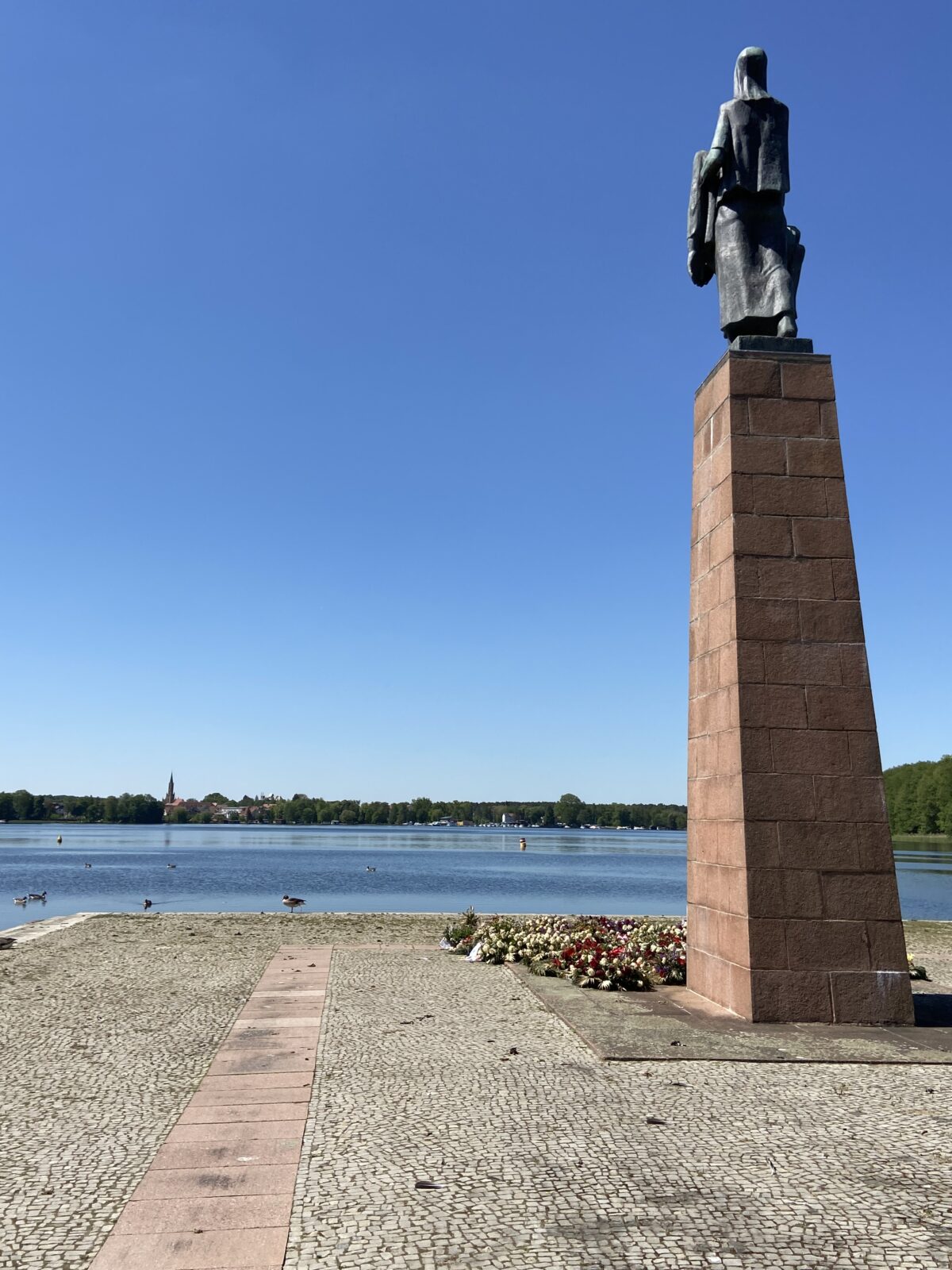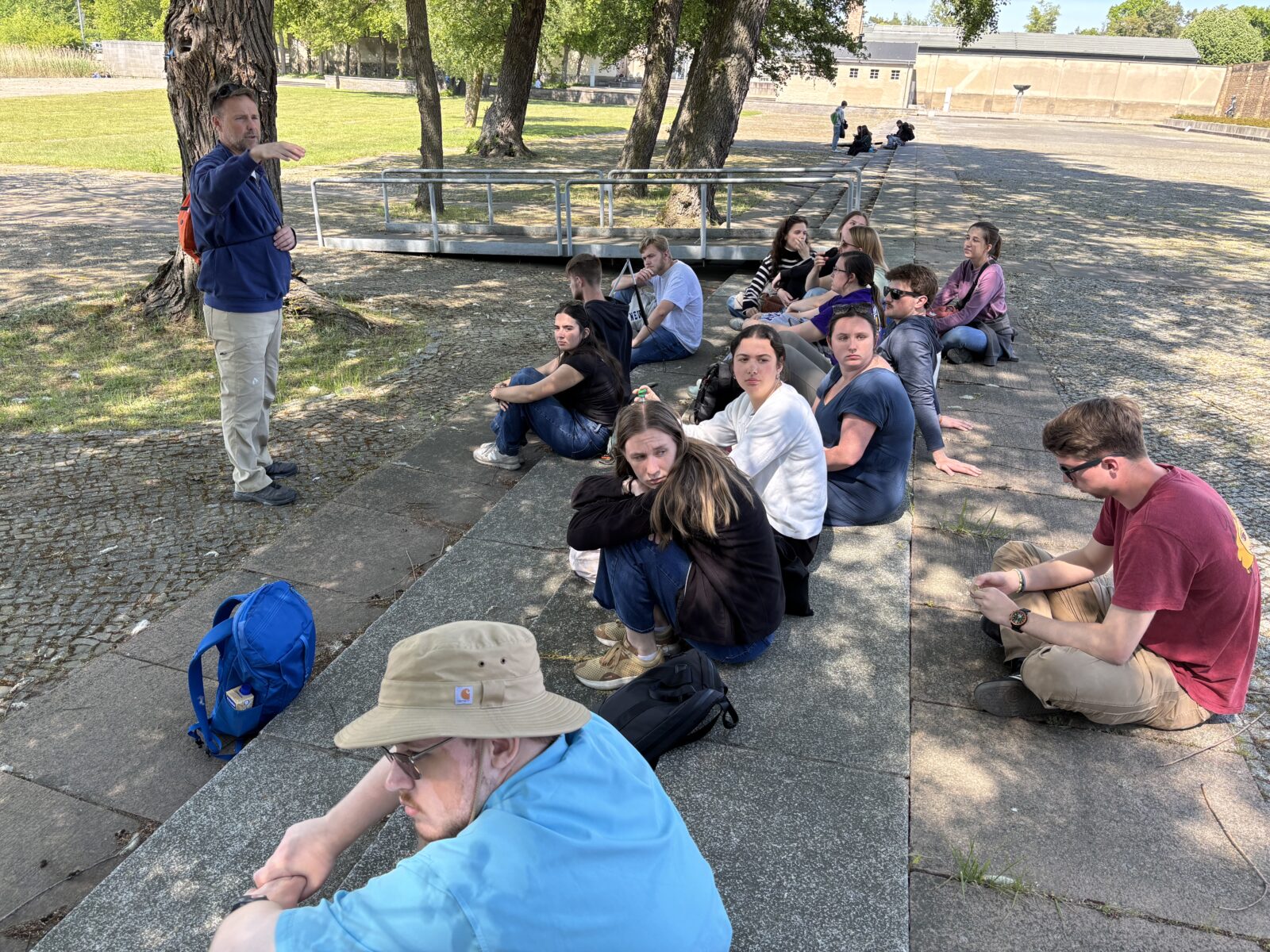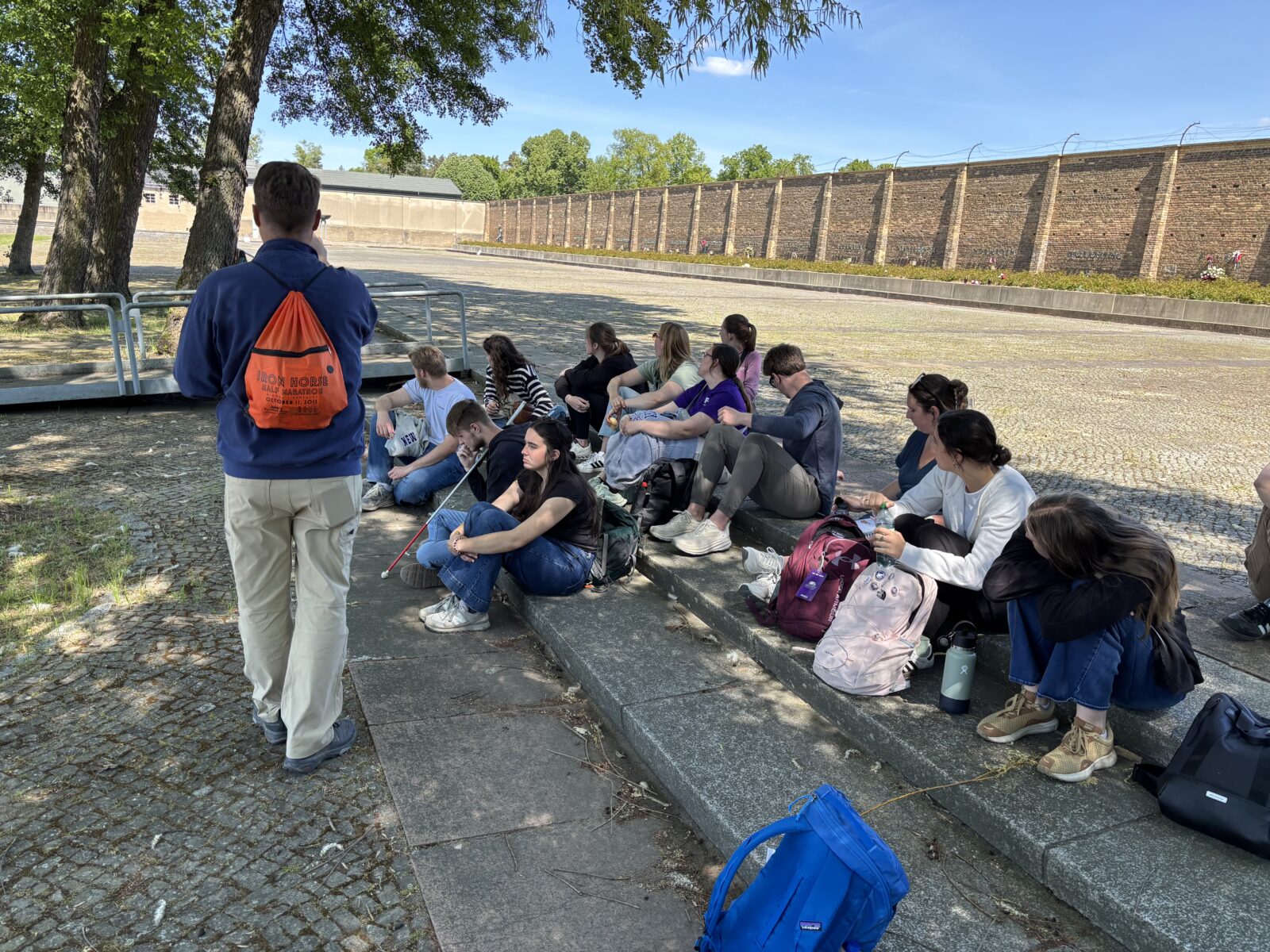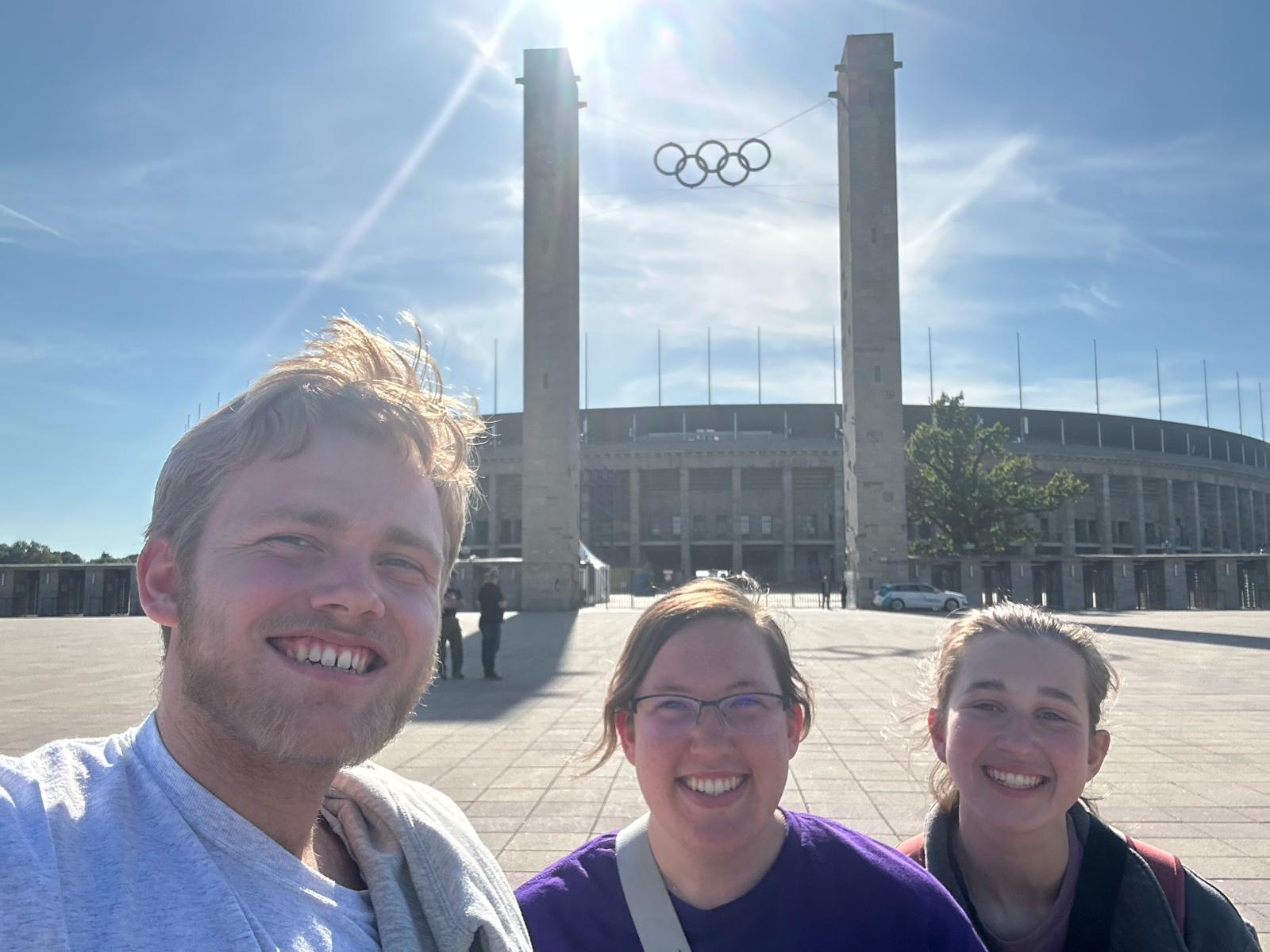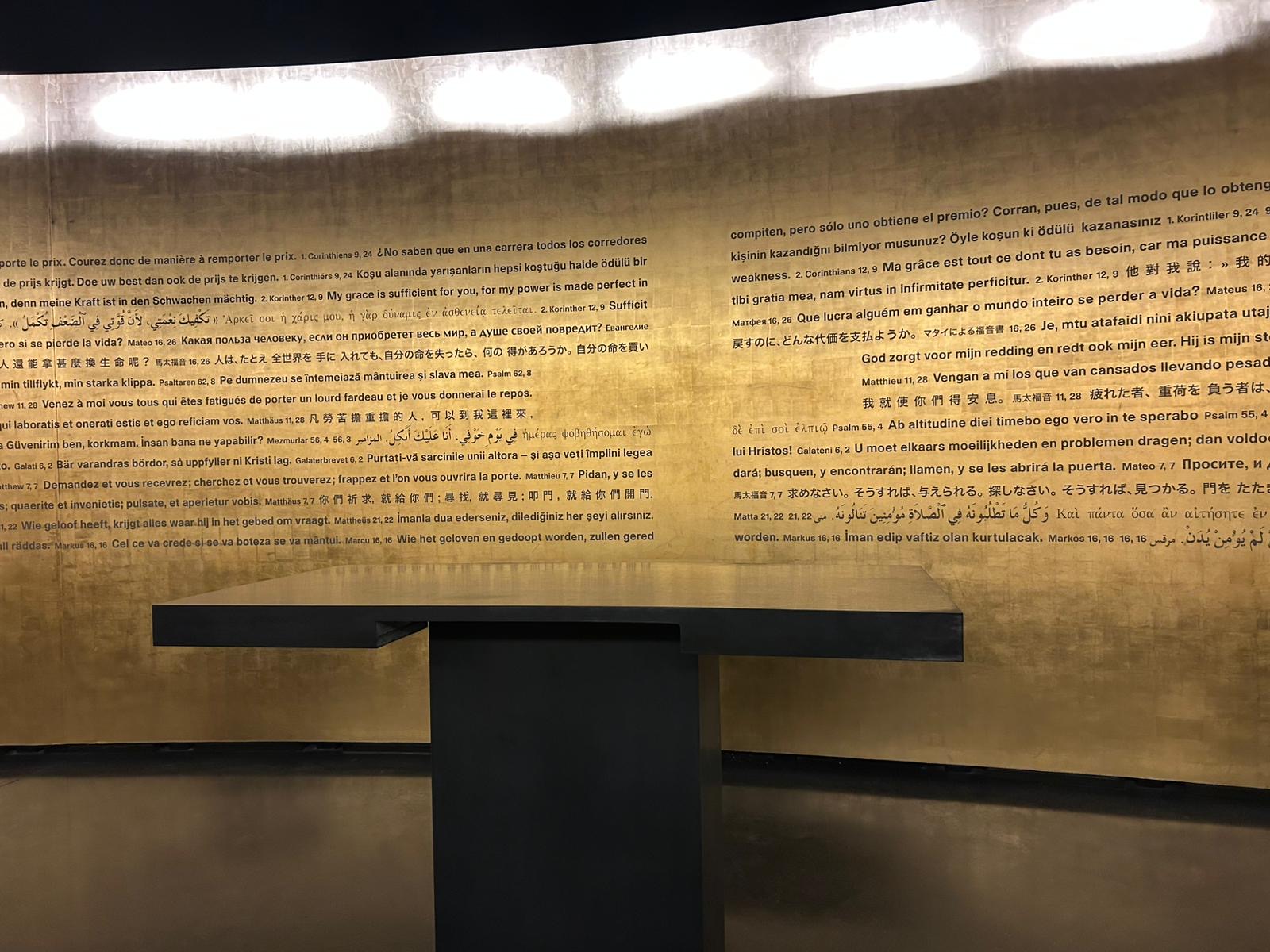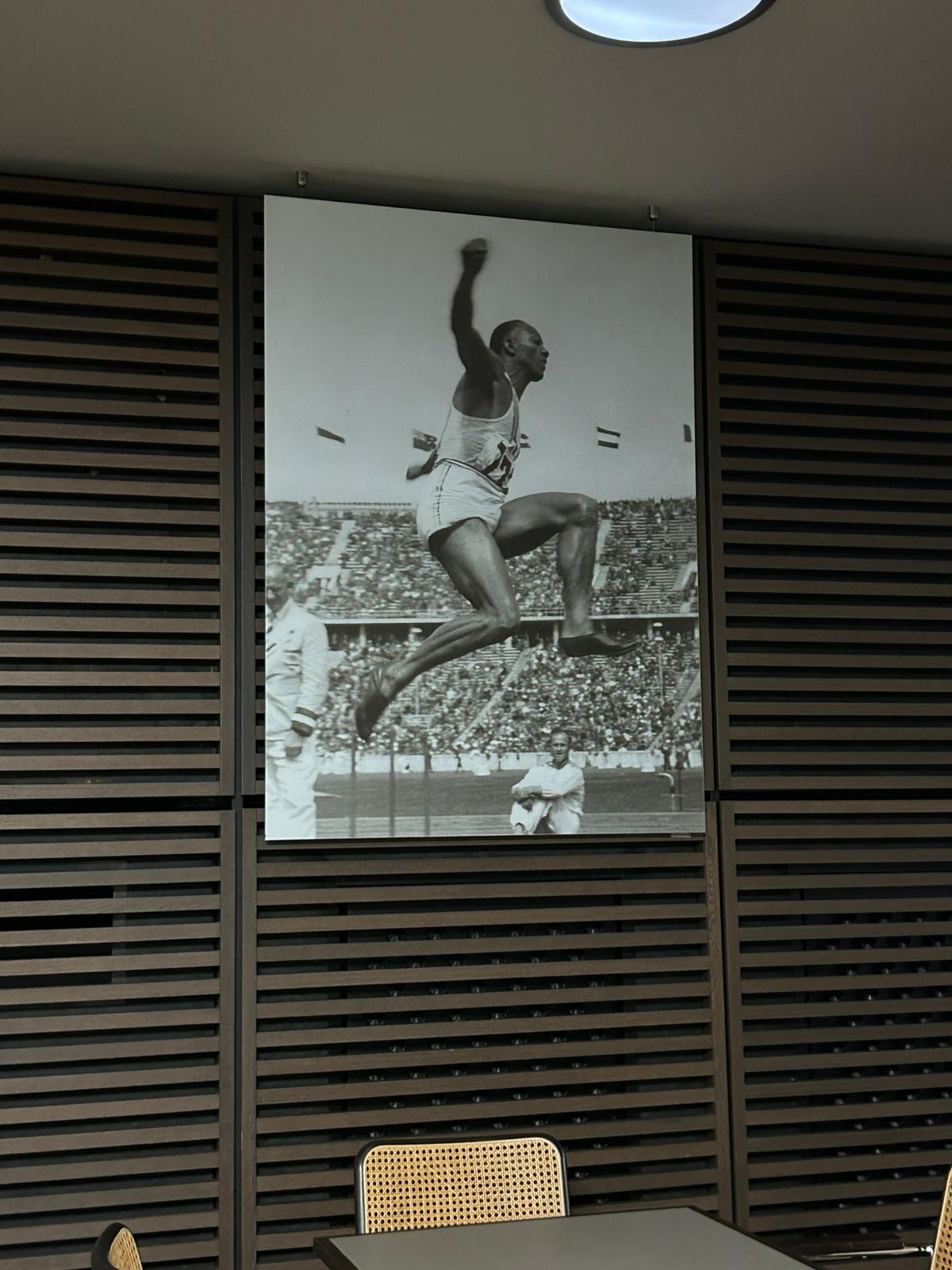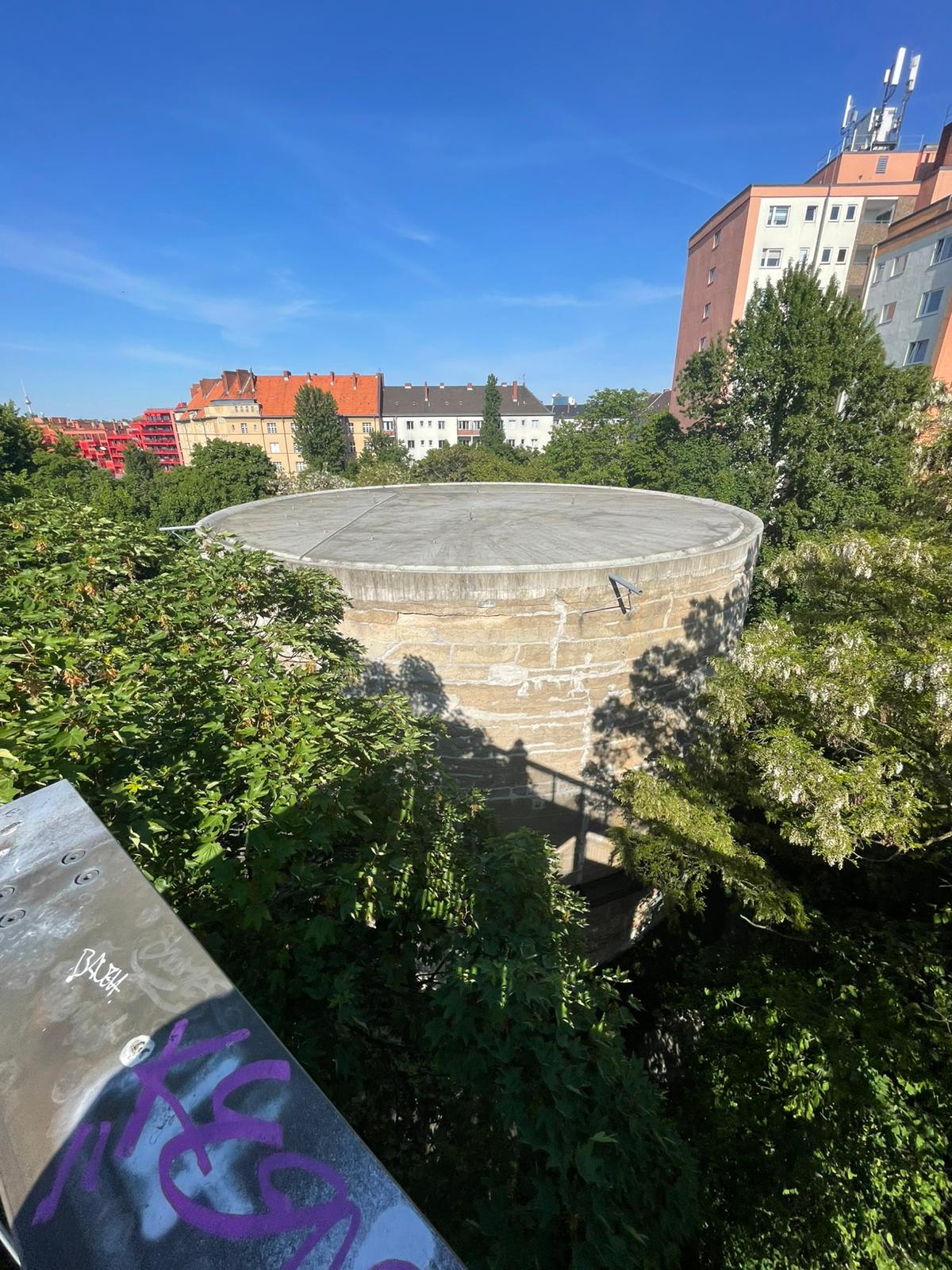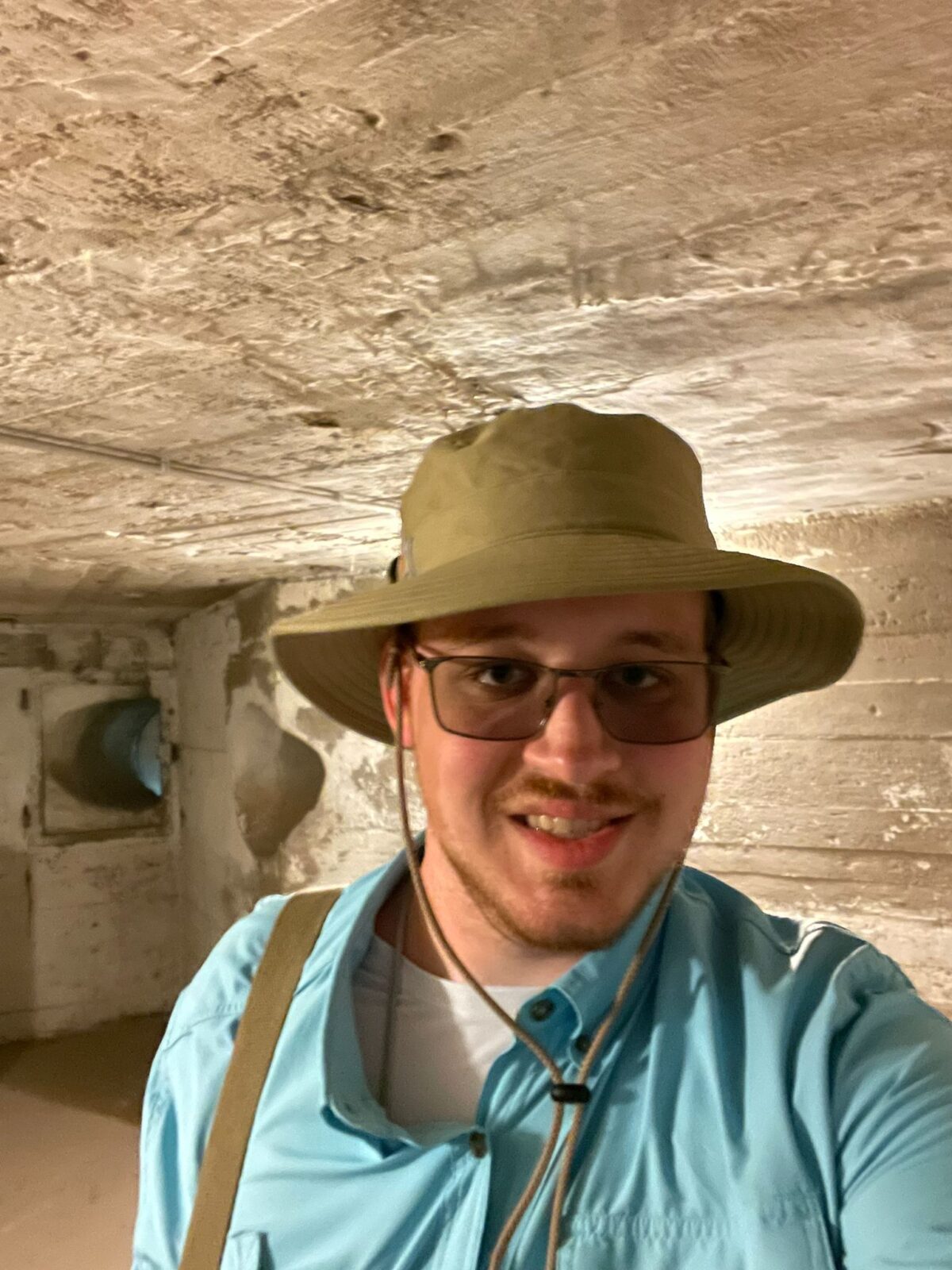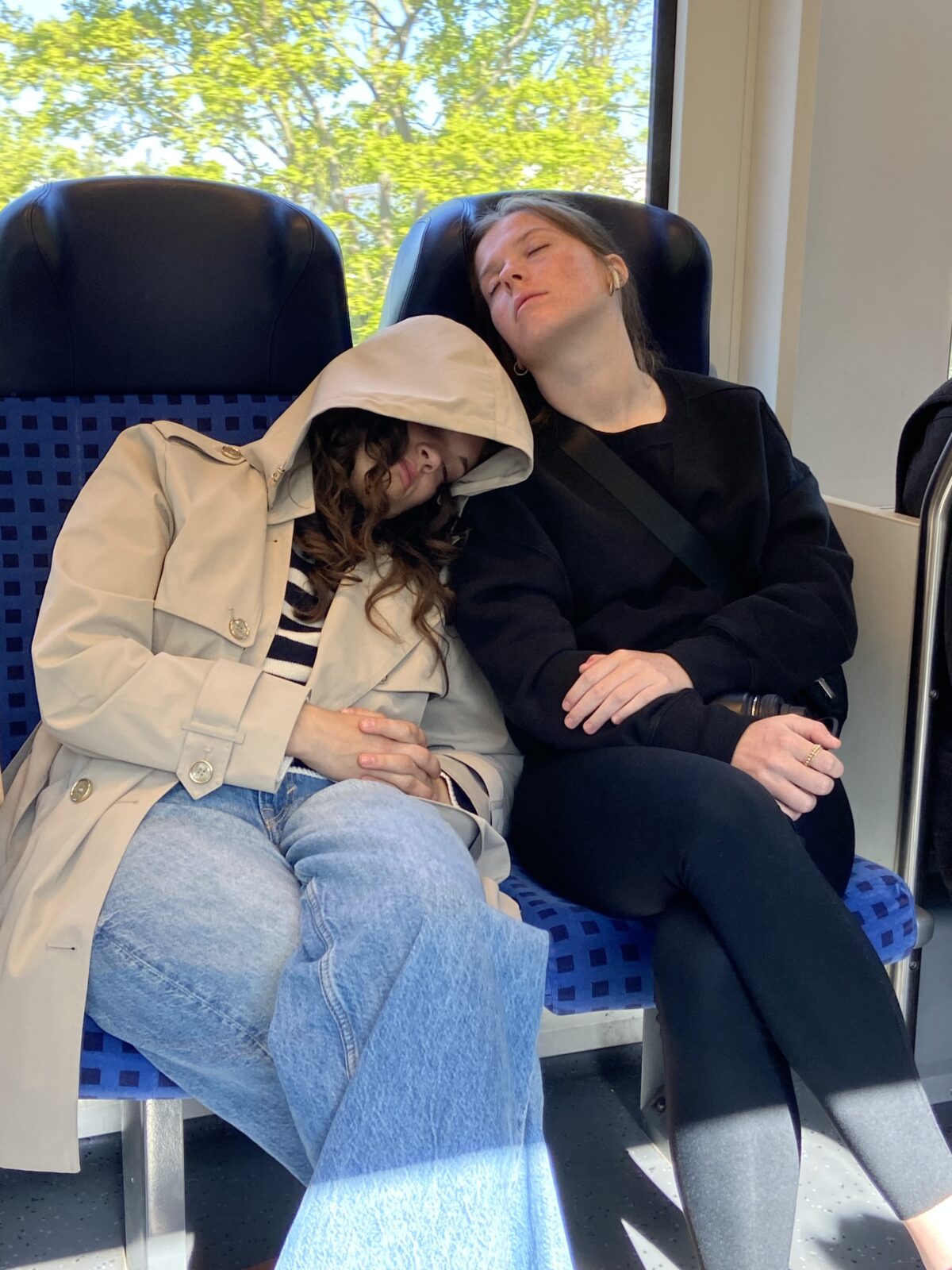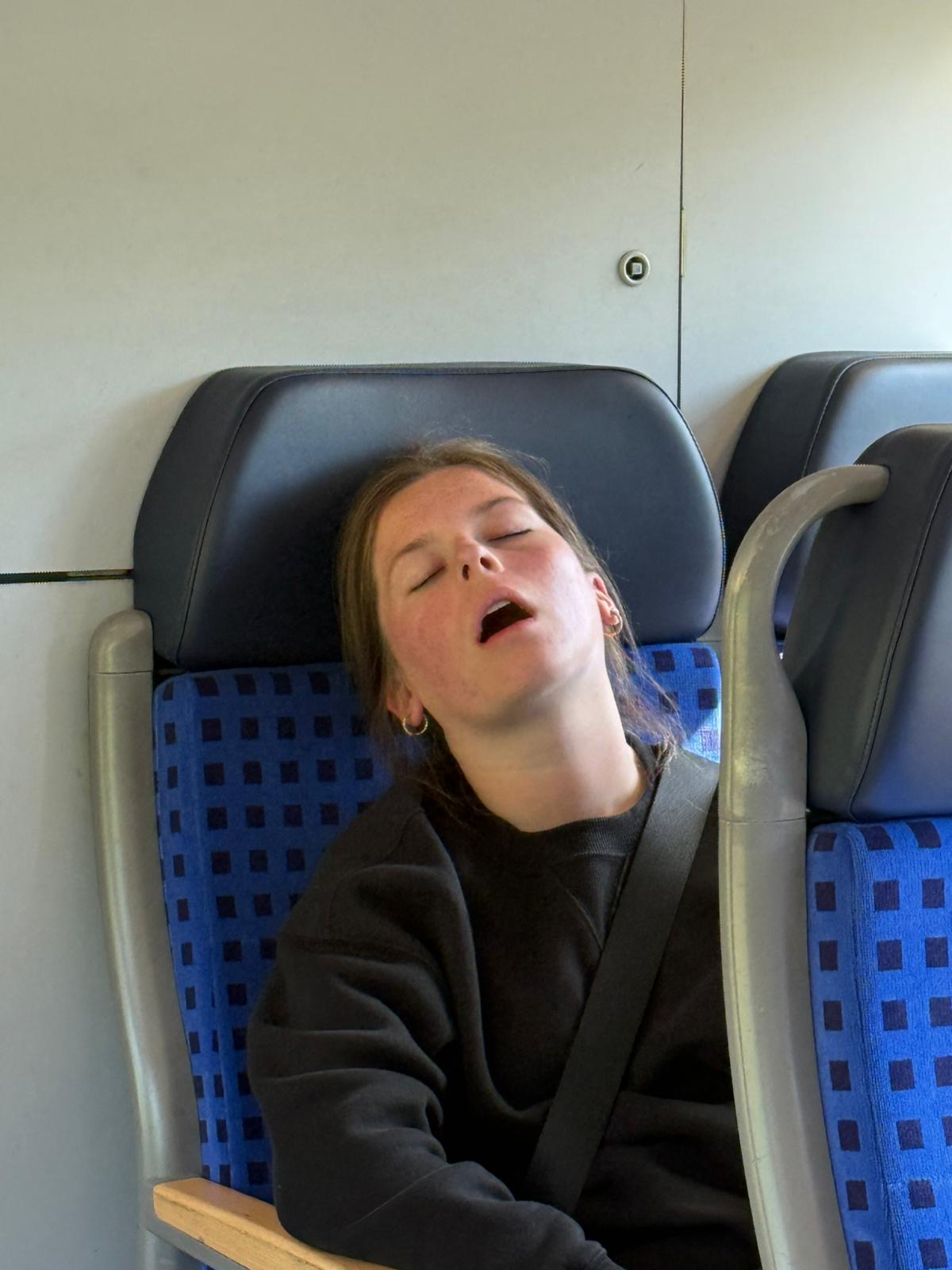Corrie, Quarry, and Glory
Ok, I’m not going to be able to live up to that headline…just letting you know that right now.
Today the team traveled by rail to the station a small town on the Havel River that sits about 60 miles due north of Berlin, Fürstenberg. Directly across the water from this beautiful little lakeside community lies the Ravensbrück Concentration Camp – the only major camp in the Third Reich’s system predominately imprisoning women. Some may have heard of this camp due to its many notable detainees, the Christian author Corrie ten Boom being the most recognizable to many American believers. The exhibits were spread across several buildings and covered such diverse topics as life in the camp, the unique needs and strengths of the females prisoners, the background and psychological composition of the female auxiliary SS guards, the peculiarities of the physical structures of the camp, and the types of slave labor work that was being supplied by the prisoners contained therein.
After the students were given some introductory information and a basic description of the layout of the camp, they were set free to pursue and explore the topics and locations that interested them most. (There was simply too much information across all the exhibits and spaces for all of us to cover every topic at each venue.) Then, after several requested extensions of time by the students, we finally came together for some group processing. Some of the topics that amassed the greatest gravitational pull included the manipulation of many of these women into brothel work – both there at Ravensbrück as well as at other camps where the women were shipped off to, the hard-to-comprehend level of female brutality routinely displayed by these SS auxiliaries, as well as the ease and speed with which so many of these guards were transformed into brutes, the higher likelihood of prisoner bonding here than at camps housing males, and a variety of issues dealing with camp preservation and proper memorialization moving forward – as grounds and buildings deteriorate, as more information is uncovered or discovered, and as the perceived needs of visitors will likely change across time. These students are ready; ready (and not afraid) to feel and feel deeply, but also to think critically, carefully, and abstractly.
Once we got back to Berlin, several folks headed off to accomplish different things that piqued their interest. One brave soul tracked down an odd and out-of-the way bit of Nazi history, the Schwerbelastungskörper, (there’s the quarry – I know, it’s a stretch), some other folks went to explore the Olympia Stadion (think 1936 Olympics, Jesse Owens… – and there’s the glory), and others (including me!) just scrambled around for some food.
Below are some pics from the day.
